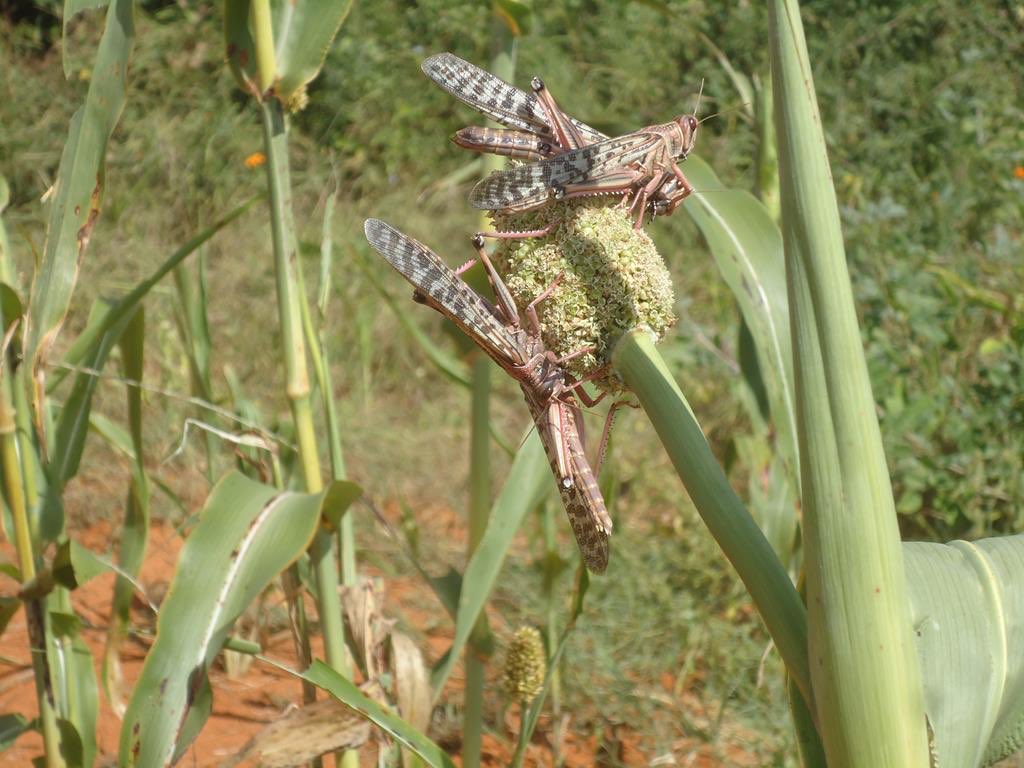A second wave of desert locusts invasion is threatening to hit the country according to The Food and Agriculture Organisation (FAO) of the United Nations.
Although Kenya has nearly eliminated the invasion of these destructive insects—which came into the Horn of Africa region last year—there are fears that a new wave could emerge from the Middle East country next year and spread to East Africa again.
Yemen, a war-torn country, has not done much in fighting the emergence of these pests leaving them to thrive and spread widely.
FAO said it has started engaging Yemen’s government, to assist and equip it to contain its swarms before they again migrate.
“We shall offer technical support to Yemen as a way of containing the locusts there in order to stop the second wave in Kenya,” said Hamisi Williams, FAO’S Deputy Country Representative.
Mr Williams was optimistic that the country will soon be free from the locust invasion based on the “good progress” made in Samburu and Turkana counties where they had not been eliminated.
He said the locusts in parts of these two counties have been reduced to small swarms—from a high of 400 a week to three at the moment.
This is from a high of 28 counties that saw the invasive pest destroy pasture across the country.
According to the organisation, Kenya was the hardest hit with the locust invasion compared with her East African counterparts.
There were concerns that the second wave of locusts would be more devastating, with FAO saying it would be 20 times larger than the first, but the current efforts to combat the pests have allayed those fears.
